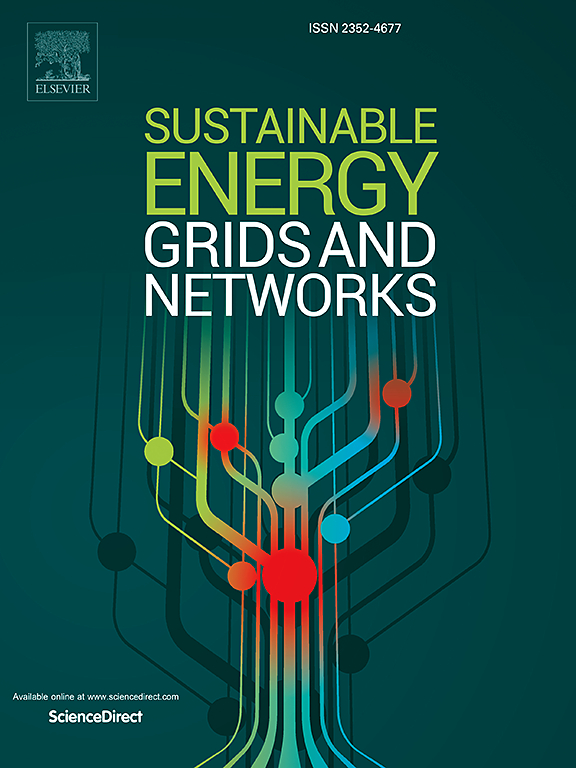Future-proofed resource adequacy metrics: A model-based assessment of multi-metric vs. composite-metric reliability standards
IF 5.6
2区 工程技术
Q2 ENERGY & FUELS
引用次数: 0
Abstract
The rapid decarbonisation of the power sector is challenging the traditional resource adequacy framework. Variable and energy-limited resources are driving the emergence of new correlations that, together with extreme weather events, are rapidly changing the expected scarcity conditions in the electricity system. Traditional resource adequacy metrics are showing their limitations under these new conditions, and many regulators have already started to reform them. This article presents the first model-based comparative analysis of two different approaches that have been proposed to overcome these limitations, i.e., multi-metric standards (imposing a set of different resource adequacy constraints) and composite-metric standards (combining different resource adequacy metrics through weighting factors to build a single reliability standard). These two approaches are quantitatively evaluated in this article through case studies obtained from a simulation model, focusing not only on the impact of the reliability standard on the resource mix, but also on the design of the reliability product to be traded in a capacity mechanism to guide the system towards that mix.
面向未来的资源充足性度量:基于模型的多度量与复合度量可靠性标准的评估
电力行业的快速脱碳正在挑战传统的资源充足性框架。可变和能源有限的资源正在推动新的相关性的出现,与极端天气事件一起,正在迅速改变电力系统中预期的稀缺状况。在这些新条件下,传统的资源充足性指标显示出其局限性,许多监管机构已经开始对其进行改革。本文首次对克服这些限制的两种不同方法进行了基于模型的比较分析,即多度量标准(施加一组不同的资源充分性约束)和复合度量标准(通过加权因素组合不同的资源充分性度量来构建单个可靠性标准)。本文通过从仿真模型中获得的案例研究对这两种方法进行了定量评估,不仅关注可靠性标准对资源组合的影响,还关注在能力机制中进行交易的可靠性产品的设计,以引导系统走向这种组合。
本文章由计算机程序翻译,如有差异,请以英文原文为准。
求助全文
约1分钟内获得全文
求助全文
来源期刊

Sustainable Energy Grids & Networks
Energy-Energy Engineering and Power Technology
CiteScore
7.90
自引率
13.00%
发文量
206
审稿时长
49 days
期刊介绍:
Sustainable Energy, Grids and Networks (SEGAN)is an international peer-reviewed publication for theoretical and applied research dealing with energy, information grids and power networks, including smart grids from super to micro grid scales. SEGAN welcomes papers describing fundamental advances in mathematical, statistical or computational methods with application to power and energy systems, as well as papers on applications, computation and modeling in the areas of electrical and energy systems with coupled information and communication technologies.
 求助内容:
求助内容: 应助结果提醒方式:
应助结果提醒方式:


